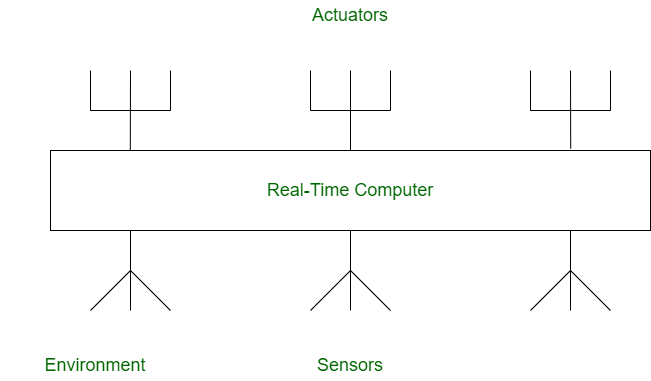In the bustling realm of embedded systems, there’s a special breed of software that performs a delicate high-wire act. These are real-time embedded systems, the unsung heroes behind everything from airbags deploying in milliseconds to surgical robots making precise cuts. Their domain is one of tight deadlines, unwavering determinism, and unwavering reliability, where even the tiniest hiccup can have drastic consequences.
Latency, the Impatient Master
At the heart of real-time systems lies latency, the time it takes for the system to respond to an input. Imagine a car’s braking system relying on a laggy software response – the consequences could be dire. To ensure safety and optimal performance, real-time systems must guarantee predictable and bounded response times, often measured in milliseconds or even microseconds.
Determinism: The Steady Beat of the System
Real-time systems can’t afford surprises. Every action, every response, must happen exactly when and how it’s supposed to. This is where determinism kicks in, dictating that the system’s behavior is predictable and consistent under all foreseeable conditions. No room for random delays or unexpected glitches – real-time systems march to the beat of a precise, predetermined drum.

The Tools of the Trade
To handle these stringent demands, real-time software engineers wield a specialized arsenal:
- Real-Time Operating Systems (RTOS): These specialized operating systems prioritize tasks and allocate resources in a predictable manner, ensuring timely responses and efficient execution.
- Predictable Programming Languages: Languages like C and Ada prioritize determinism and efficiency, minimizing the risk of unpredictable behavior.
- Hardware Optimization: Choosing the right hardware and optimizing memory usage and interrupt handling are crucial for ensuring performance and meeting latency constraints.
Beyond the Code: Facing the Real-Time World
Building a real-time system isn’t just about writing code; it’s about understanding the physical world the system interacts with. Sensors, actuators, and the environment itself impose their own timing constraints and uncertainties. Real-time engineers must factor these external forces into their designs, ensuring robust and reliable operation even in unpredictable situations.
The Future of Real-Time: Ever Faster, Ever Smarter

With the rise of the Internet of Things (IoT) and the increasing complexity of embedded systems, the demands on real-time software are only intensifying. New trends like:
- Multi-core processors and distributed systems: present exciting opportunities for parallel processing and improved performance, but also introduce new challenges in managing concurrency and ensuring determinism.
- Formal verification and model-based design: help to rigorously verify system behavior and reduce the risk of errors, fostering safer and more reliable real-time applications.
- Machine learning and AI integration: are opening up new possibilities for intelligent real-time systems that can adapt to changing conditions and learn from experience.
Living on the Edge
Real-time embedded software systems are the silent orchestra conductors of our high-tech world, ensuring precise and timely actions behind the scenes. By mastering the art of latency, determinism, and understanding the physical world, real-time engineers create systems that not only work, but work flawlessly, every single time. As technology advances and embedded systems become even more critical, the skills and expertise of real-time engineers will only become more valuable, shaping the future where machines react and respond flawlessly to the ever-changing rhythm of the world.
















Add Comment